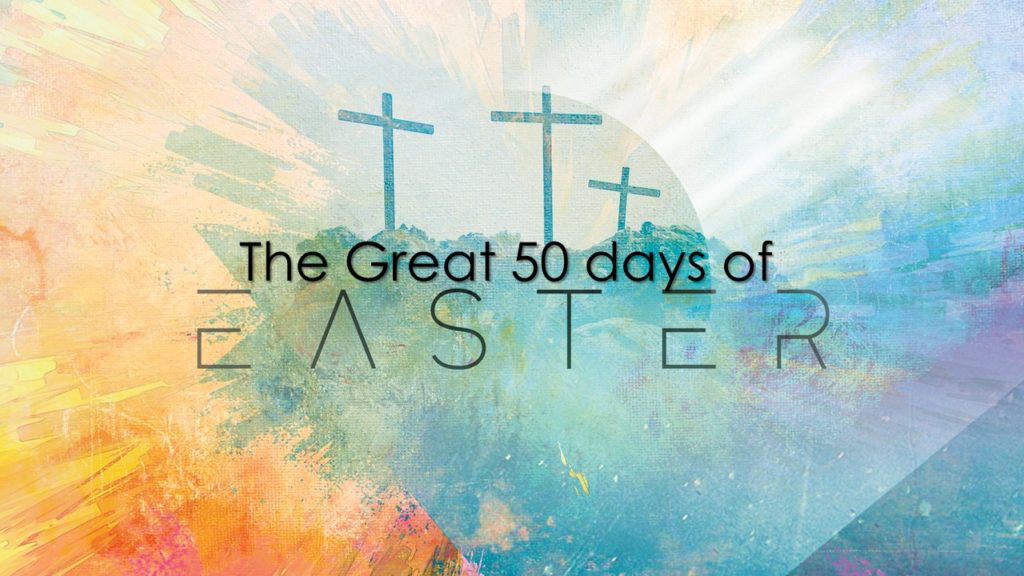I.Theme – Considering Jesus’ presence with us.

"Christ’s Appearance on Lake Tiberias" – Duccio di Buoninsegna 1308-11)
The lectionary readings are here or individually:
Old Testament – Acts 9:1-6, (7-20)
Psalm – Psalm 30
Epistle –Revelation 5:11-14
Gospel – John 21:1-19
Today’s readings invite us to consider the meaning of Jesus’ presence with us. In the story from Acts, the apostles, empowered by the Spirit of Jesus, preach the gospel despite persecution. John, in his Revelation, describes how being in the presence of Jesus, the enthroned Lamb of God, moves all of creation to bless and praise. In today’s gospel story, Jesus, in another pos t resurrection appearance, provides an abundant catch of fish for his disciples.
In Lewis Carroll’s Through the Looking Glass, the White Queen tells Alice that in her youth, she believed six impossible things every morning before breakfast and counsels Alice to believe in impossibilities as well. The Easter season is a season for mystics and “impossibility” thinkers. We are challenged to believe “more” rather than “less” about the world and its resources. Tempted to think small, we may discover that God is at work in our lives – in the causal events of life – to give us more than we can ask than imagine. Possibilities abound that appear to be “impossibilities” for unimaginative realists. Persecutor Paul encounters the Risen Christ on the road to Damascus; the Resurrected Christ cooks breakfast for the disciples and invites Peter to claim a global vocation; the author of Revelation envisages an enchanted and lively universe, in which all creation praises God; and Psalmist experiences ecstasy and joy amid the maelstrom of external challenges.
The call of the readings is to go out and act on them. There are people who are hungry—we must go and feed them, we can’t be only worried about our own needs. There are people who are mourning, who are sad—we must go and be with them, to help bear their burdens. We must remember that the picture is greater than ourselves. Messages of personal salvation only go so far, to help us feel good about ourselves. Remembering that God’s purpose as Creator is new life, we must do our part to help in all of creation to nurture that new life. "Feed my sheep", "Follow me’






 Easter 3
Easter 3